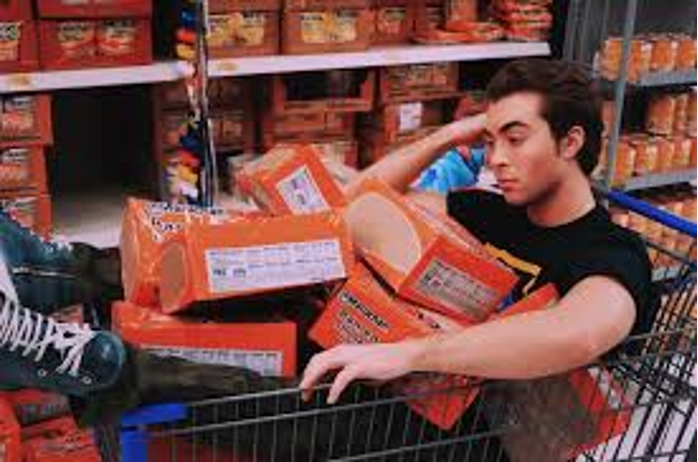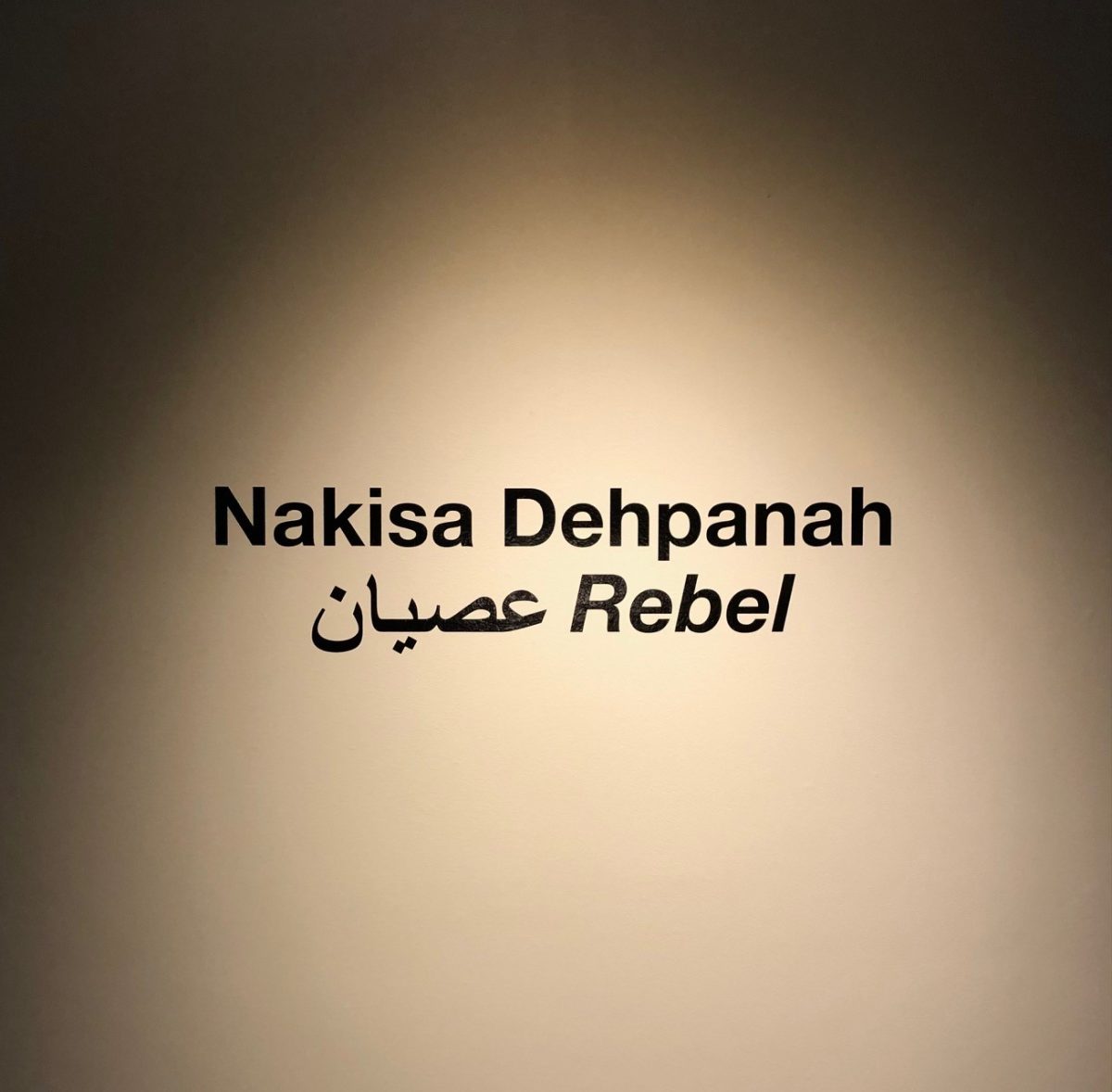It’s an increasingly familiar image: dancers twirling in a ballroom, moving in pairs to an old-fashioned rhythm produced by the band nestled in the corner. The song ends, dancers applaud the musicians, thank their partner for the dance, and move on to the next one. But this is no period piece, nor is it a scenic reenactment, rather, it is once again a regular weekend evening for Seattleites in the know.
Swing dance, as we know it, started in Harlem, New York nearly a hundred years ago during the Jazz Age, where it reached a height of popularity in the 40s and eventually gave way to other forms of dance. Though variations of it existed before then, and evolutions have continued since, the traditional dance associated with big band jazz, most often referred to as the Lindy hop, is the subject of debate over whether it should be called a dead dance, or simply an old one. Despite the age, Seattle plays host to a growing scene of individual dancers, international events, and performance teams, all of whom have caught the proverbial jitterbug and are determined to keep the dance kicking.
The coronavirus pandemic had a significant impact on all social activities, including dance. But despite the blow, Seattle swing shows a return to its previous popularity as a stream of new participants get in the groove.
Edmonds College officials hope the school will soon see a similar rise in enthusiasm for clubs, classes and student-led activities. Though Edmonds College has not chartered any dance clubs recently, Wayne Anthony, who works in Edmonds’ Center for Student Engagement, remembers when the school had both a hip-hop and a traditional Vietnamese dance club. These clubs met once or twice every other week and had to have started with at least five people. Just like Lindy hop, these clubs allowed participants to keep cultural, historical, and social customs in their everyday lives.
Unlike Edmonds’ chartering requirements, swing dancing does not have a required headcount. Swing can be performed as solo jazz, a partnered dance, in groups together, or in a team. Formerly known as the Rocket Butts, the Rocketeers are one such team. Their group is currently made up of 12 people, who, in a typical routine, are paired off into six dance partnerships. Together, they put on quarterly performances which have been chosen, scripted, and choreographed by their coach, Ben White, who has been instrumental in bringing and keeping the Seattle swing community together. These routines may be replications of classic dances, or new “Ben Originals,” with nods to the traditional. Either way, they’re always set to the familiar 8-count beat.
Active dance floors don’t have chairs, so when a Rocketeers performance is underway, fellow-dancers-turned-audience-members must crowd around them in whatever way they can. Either sitting, standing, or popping squats, audience participation in keeping the beat and offering energetic whoops and praise is the encouraged norm.
Apart from the team, some members of the Rocketeers choose to show off their individual skills by participating in competitions that showcase their ability to handle complex dance moves, improvisation, and styling with unknown variables.
In Mix & Match competitions, a staple in swing events, leaders and followers are assigned at random within their roles and generally given 32 8-counts to dance, unprepared, to a song determined by a judge or panel. They then cycle through, partnerships intact, and finish with a free-for-all of dancing. Judges watch these mini-performances and refer to a list of criteria to determine the best lead, follow, and pair of the two.
Solo, another popular swing competition format, works in much the same way as the Mix & Match, but as the name suggests, there are no partnerships to be arranged beforehand. Instead, participants get the same 32 8-counts, to dance by themselves and are later judged on various qualities.
A more serious competition format, the Strictly, involves a pair of people who get to work together and prepare themselves to dance to 32 8-counts of an unknown song. Because dancers enter these competitions with their chosen dance partner, judging is based on each pair’s connection, shared knowledge, and mutual dance ability.
Beyond competition, swing is most commonly practiced as a social dance. Whether dancers come alone or with a partner, each can expect to dance through the night. In Seattle, newcomers are welcomed every evening, before the dance, with a half-hour introductory lesson to learn the basic steps of the Lindy hop and social dance etiquette. These lessons are important in keeping the dance accessible and approachable to beginners and help encourage invitations regardless of experience. After getting to know the basics, dancers are free to intermingle, learn new steps and grow their confidence with others.
When it comes to encouraging new interests, Anthony is excited and anxious to draw students at Edmonds College to clubs after the low numbers brought on by Covid. “Anything is possible as long as students have energy and motivation,” he said.
As clubs slowly begin to reappear, Anthony hopes to find a “wow factor” to further increase student engagement. To get clubs back to pre-Covid numbers, methods including showcases, social events and newsletters, are being used. Although there is investment and support from the Student Leadership offices, chartering new clubs ultimately depend on student interest. Until a new club is chartered on campus, students at Edmonds College are fortunate to live close enough to Seattle that they can still attend dance nights. Students interested in learning to dance can choose from the multiple lesson spaces available in Seattle, including the Syncopation Foundation and Swing Dance SCT, as well as regular social dances at Seattle’s Salsa Con Todo, Century Ballroom, and the Savoy Lowdown Ballroom.
With winter fast approaching, the annual Swing Dance holiday ball is almost here. Although the location remains unconfirmed, (historically held at Salsa Con Todo), we can look forward with certainty to December 16, when you can make your acquaintance with this historic dance, enjoy live music and watch a new performance by the Rocketeers.













